Review
Our Kia EV6 Air has not been returned to us, meaning the occasional intrusive electronic stability control issue (detailed in the previous report below) has been difficult to pinpoint and remedy.
It means I’ve effectively been running around in a ‘courtesy car’ for the last few weeks, which is still an EV6, but in the medium grade GT Line specification.
It has been used for a couple of long trips in that time, including a run to the Netherlands, and an excursion to the Scottish Borders. With its 84kWh battery, and the onset of warmer weather, it has taken these trips in its stride, with the range sometimes exceeding the original expectations on the display for the journey.

My default for route planning is the car’s own sat-nav, because as an electric vehicle, it makes sense that the car’s knowledge of the route and the type of roads and conditions expected would allow it to calculate range more accurately.
I have a few other map apps on my smartphone, and even my Octopus Electroverse app, which shows compatible chargers, can recommend a route to one via Apple Maps, Google Maps, or Waze.
But without them being in sync with the car’s power management system, I feel like efficiency will suffer.
While using the built-in GPS, I have noticed on long journeys that occasionally it will come up with an alternative route suggestion during the journey.
I have encountered this before, especially in congested period when the sat-nav calculates that an alternative, longer route would be faster than the one originally planned.
I don’t know what kind of distraction-obsessed driver the Kia’s system is catering to, but there is no congestion ahead, and alternatives pop up that are often both longer in distance and take more time.
Car-generated alerts and notifications are intrusive enough while on the road, without it suggesting you drive farther and take longer because it’s bored with the current route.
Thawing in relations
In the month since the previous update, the UK’s climate has softened somewhat, which has had a positive effect on everyone’s attitude, even that of the EV6.
During the first few weeks of custodianship and early morning temperatures were within a degree or two of zero (sometimes on the minus scale), the car would be reluctant to show more than 260 miles as anticipated range. This is around 100 below the official WLTP figure.
We could get into an argument about how all car manufacturers on the European market collectively watered down the requirement of WLTP and rejected an opportunity to be more honest with their customers, leaving us with an ‘NEDC-lite’ indication of energy consumption (the USA’s EPA ratings are far more realistic than WLTP for electric vehicles), but basically, I’m happy to see the range display showing a few miles over 300 on a full charge.
Batteries can typically be expected to lose range outside of their optimum operating temperature, and as mentioned previously, as Kia has withdrawn heat pump availability – which is a more efficient way of heating and cooling the cabin – on the revised EV6 from all but the top spec GT Line S, its unlikely the display will ever be within reach of the claimed 361 miles.
So as we near summer, the car’s range ought to be shown as comfortably more than 300 miles on maximum charge.
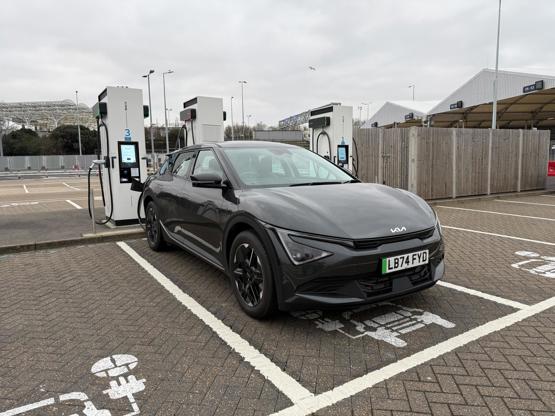
In the meantime, I’ve driven the car on plenty of long runs and found the public charging infrastructure to be more than adequate, if rather expensive compared with ‘filling up’ at home.
The EV6 has been performing well in this unknown-to-user-chooser base Air specification, although a few times I’ve seen the electronic stability control intervene while the car has been at a steady speed and on a more-or-less straight, dry road. Kia has taken the car from me to investigate this further, but if any fleets out there have drivers reporting similar issues, we’d love to har from you.
In the meantime, I’ve had an upgrade to a GT Line – which has electric front seats and wireless phone charging among the items missing from the Air – and it has been running quite well as a stand-in.
I hope to report more on the unnecessary ESC intervention on the original test vehicle in due course.
Kia EV6 Air joins our fleet
During the judging sessions for the recent Fleet News Awards, I asked the fleet managers on the panel how likely it is that their drivers are given entry-level models as their company cars.
The answer was almost never. Virtually all company car drivers are made to feel special by being given the keys to more upmarket variants.
In fact, it also a good strategy for car manufacturers to entice customers into variants with a richer level of equipment, which then raises the benchmark for residual value when these vehicles enter the remarking system.
For example, many years ago when some in the media questioned the arrival of the £40,000 Kia, with the third-generation Sorento in 2014, a few months later, Kia UK was able to report than more than 50% of orders to date had been for the two highest equipment grades.
You might then be interested to read about the newest arrival on our fleet from Kia: the EV6 Air. Air is the name given to the entry grade in some of its electric models, and if the feedback from the fleet managers on the awards judging panel has any merit, neither you nor your drivers will have heard of it.
As our spell in the original Kia EV6 was cut short last year by the introduction of the updated version, we find ourselves once again driving the futuristic looking hatchback.
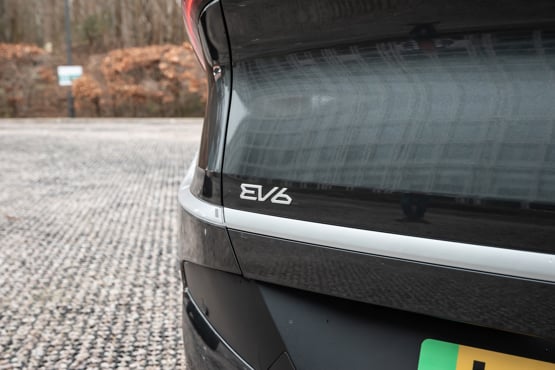
The Air does have a great deal of equipment as standard, but its missing items such as power tailgate, blindspot warning, rear cross traffic alert, a few cameras giving a better view of surroundings when parking (although a rear camera is fitted) and wireless phone charging. And with the latest EV6, the heat pump we had fitted as an option on the GT Line we ran previously is now only available on the top GT Line S.
The heat pump is a more efficient way of heating and cooling the cabin for electric vehicles, and although it’s an expensive piece of kit, having it fitted (some manufacturers do this as standard) might go some way into giving customers in the second and third lifecycles a bit more confidence about buying an electric vehicle.
Kia might argue that as the battery capacity with the latest EV6 has increased from 77kWh to 84kWh, customers have gained more range than could have been provided by a heat pump in the old car.
So its restriction to the top model also gives people an excuse to go upmarket.
Which brings us to understanding the appeal of the entry level Air. Well vehicle range on a full charge is still a strong incentive for people to choose, and the Air, bereft of some of the ‘nice to have’ items elsewhere in the range, is the lightest version, and on paper, will travel the furthest.
At 361 miles of a P11D value of £45,520, it achieves a strong balance of range for the money. We’ll be interested to see whether that factor can strengthen its appeal as a daily driver over the next few months.
Author:
Simon Harris
Contributor
Specs
| Manufacturer | Kia |
| Model | EV6 Electric Estate |
| Specification | Kia EV6 Electric Estate 168kW Air 84kWh 5dr Auto |
| Model Year | 2025.00 |
| Annual VED (Road tax) | £10 |
| BIK List Price | £45,520 |
| Range | 361.00mile(s) |
| CO2 | N/A |
| BIK Percentage | 3% |
| Insurance Group | N/A |
| CC | 1 |
| Fuel Type | Electric |
| Vehicle Type | Medium car |
| Luggage capacity (Seats up) | 490litres |
| Doors | 5 |
Running Costs
| P11D | £45,520 |
| Cost per mile | 51.88ppm |
| Residual value | £17,250 |
| Insurance group | N/A |
| Fuel Type | Electric |
| Cost per mile | 197.20ppm |
| Fuel | 2.30ppm |
| Depreciation | 192.50ppm |
| Service maintenance and repair | 2.40ppm |
Rivals
Info at a glance
-
P11D Price
£45,520
-
MPG
N/A (WLTP) -
CO2 Emissions
N/A -
BIK %
3% -
Running cost
3 Year 60k : £17,250 4 Year 80k : £14,050 -
Fuel Type
Electric -
Range
361.00mile(s)

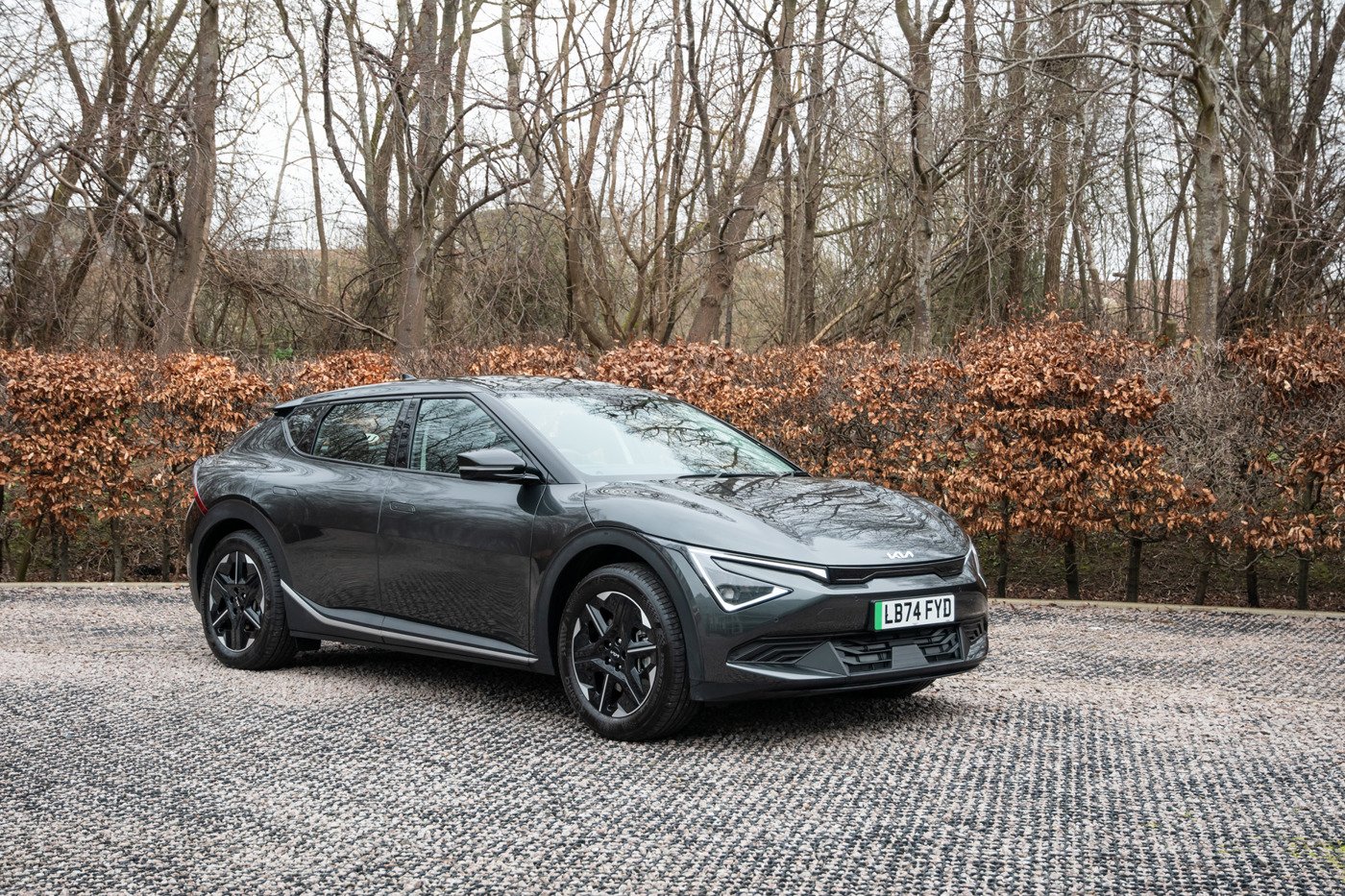

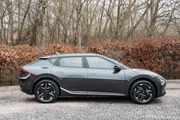
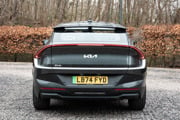


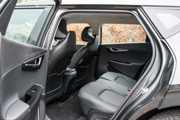
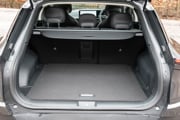


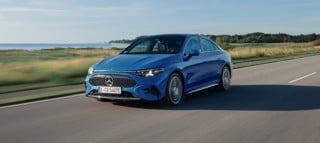
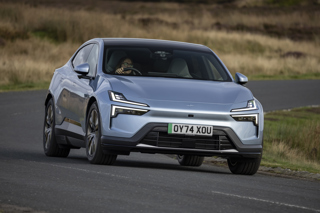
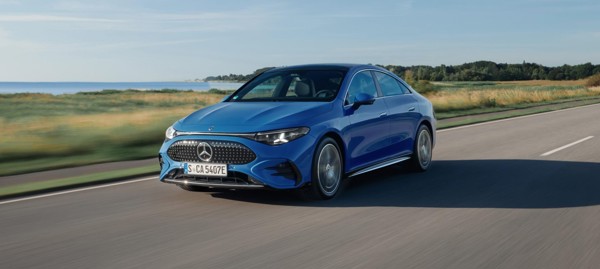
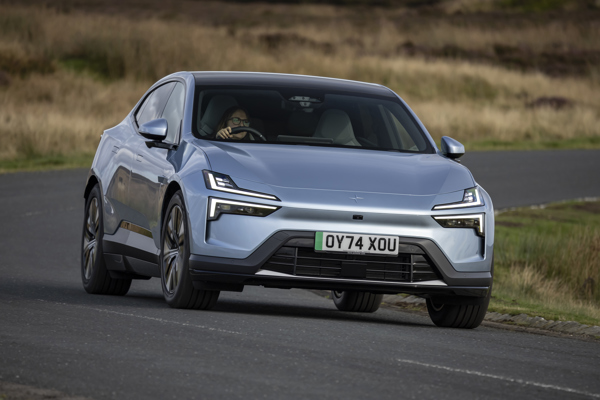
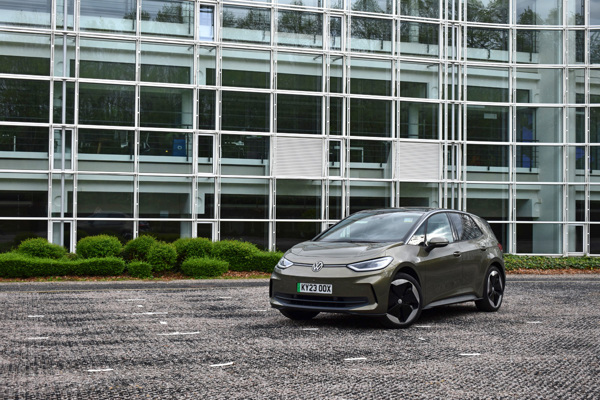
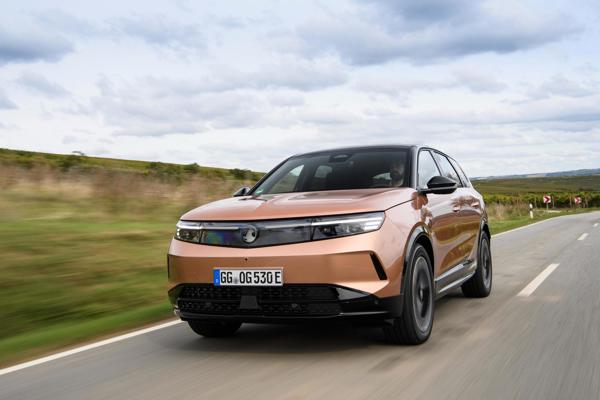
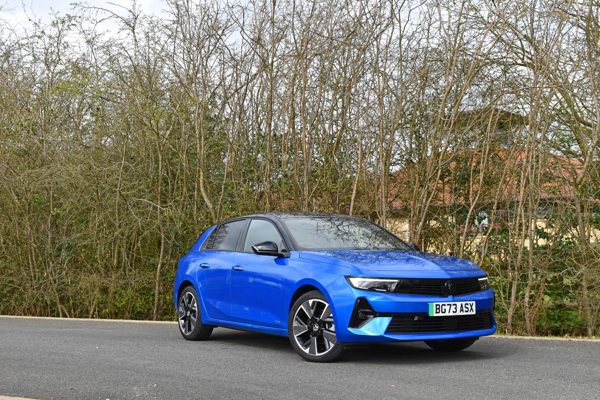
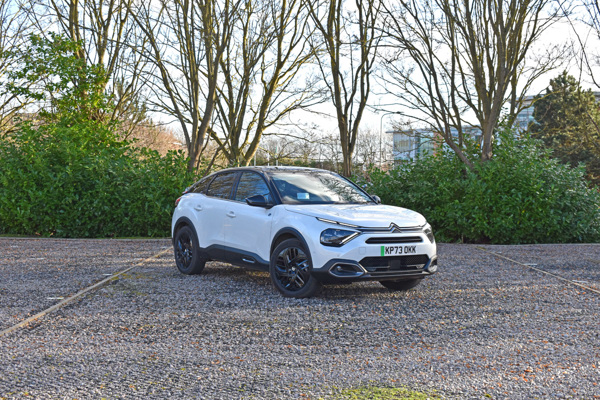
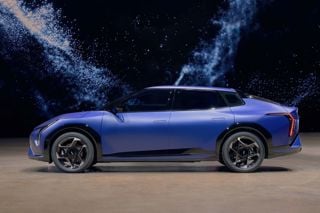
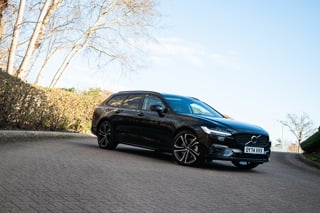
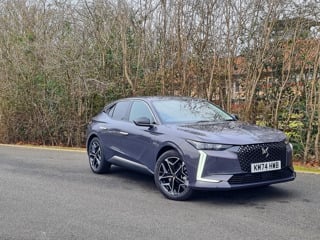
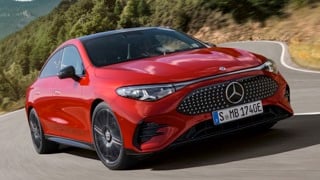


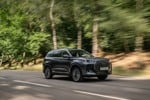









Login to comment
Comments
No comments have been made yet.